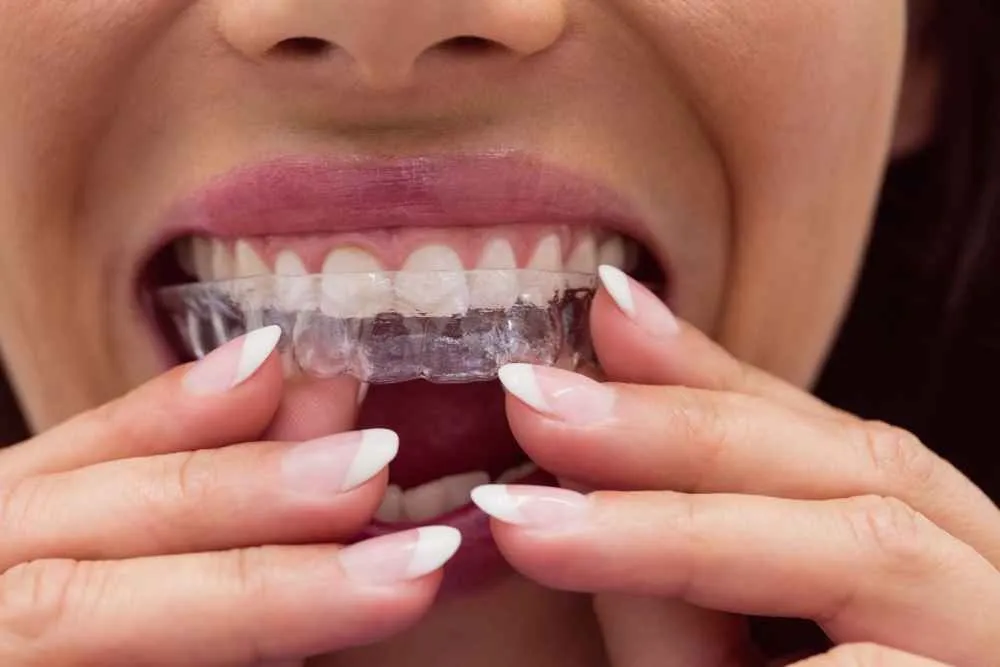Technically known as Rhytidectomy, Face Lift is a surgical procedure, which enhances the look of face and neck, thus giving a more youthful facial appearance. During the procedure, the surgeon, after making necessary incisions, lifts the facial soft tissues, removes excess facial skin, tightens underlying skin & tissues, and finally re-positions the skin smoothly over the face.
However, a Face Lift cannot stop the aging process, affect quality of the skin, or change the fundamental appearance of the patient. It only helps in making the face look younger by reducing the visible signs of aging. The effects of a Face Lift generally last for 10-15 years.
What are the common reasons to go for a Face Lift?
Face Lift helps in making an older face look younger by reducing or eliminating the signs of aging. The major reasons for opting for Face Lifts are as follows:
- Sagging in the Mid Face
- For tightening the Skin
- Fallen or Displaced Fat
- Loose Skin
- Excess Fatty Deposits under Chin and Jaw
- Loss of Muscle Tone in the Lower Face
- Deep Creases below Eyelids, Lower Lips, and Chin
- Excess Fat in Neck, brow lift
Specialist
The subject matter expert for Face Lifts is a Cosmetic Surgeon or a Plastic Surgeon.
Consultation
During consultation, the surgeon will discuss with the patient about the following:
Medical History: The doctor will ask questions about past and current medical condition, past surgeries, use of current medication, and the patient's smoking habit.
Physical Examination: The doctor will conduct a physical examination of the Facial Skin and Facial Bone Structure. He will look out for scars or any skin asymmetry. He might also take pictures of the patient's face to assess the current situation and for medical records.
Discuss Expectations: The doctor will discuss the benefits and risks pertaining to the procedure well in advance. The doctor will also understand the patient's hopes in terms of appearance after the surgery.
Surgical Options
The choice of surgical treatment depends upon a variety of factors, such as, the targeted area of the face, type of incision, age of patient, and recovery time. Some of the popular surgical options for Face Lift are as follows:
- Traditional Face Lift: A traditional Face Lift involves tightening of the underlying muscle and connective tissue, pulling back of the skin, and finally trimming of excess skin. The incision often starts from the hairline at the temples, circles the ear, and ends at the lower scalp. The surgeon may perform another incision in the neck area to treat an aging neck.
- SMAS Lift (Superficial Musculo Aponeurotic System): This procedure consists of mobilizing, repositioning, and fixating the SMAS layer. It helps in improving Mid-face Sagging, Jowls, and Mild Laxity.
- Mid-Face Lift: This Face-Lift helps in improving the sagging skin in the cheekbone area. After making incisions along the hairline and inside of the mouth, the surgeon lifts and re-positions the fatty tissue layers over the cheekbones.
- Mini-Face Lift: This less-invasive procedure helps in tightening the connective tissue under the skin and in removing excess skin. As compared to a true face-lift, this procedure delivers less dramatic results and improves the appearance of loose skin and jowls.
- Deep Plane Face Lift: Like SMAS Lift, this procedure also involves lifting and repositioning of the SMAS layer. However, it caters to those patients who have severe Sagging and Laxity.
Known Complications
The risks and complications of a Face Lift include:
- Hair Loss around the incision site
- Infection
- Facial Asymmetry
- Hematoma
- Bleeding
- Scarring
- Skin Loss
- Facial Nerve Injury
- Neurological Dysfunction
Precautions
Patients undergoing Face Lifts should take precautions before as well as after the procedure.
Before the Procedure:
- Stop smoking for few weeks as it will ensure quick healing and proper recovery.
- Stop medications which may affect blood clotting.
- Avoid intake of drugs and herbal supplements which aggravate bleeding.
- Avoid eating one night before the procedure.
After the Procedure:
- Arrange for cold compressors to relieve from effects of swelling and bruising.
- Wear loose and comfortable clothes that button downwards.
- Use clean towels and clothes.
- Stop smoking for a few weeks.
- Follow medications as suggested by the surgeon.
- Seek immediate medical help if the patient suffers from Fever, Severe Pain, Tenderness, or Abnormal Discharge from the surgical wound.

Reviewed by




.webp)


